It was one of the first things you learned in driver's ed. Here's a refresher.
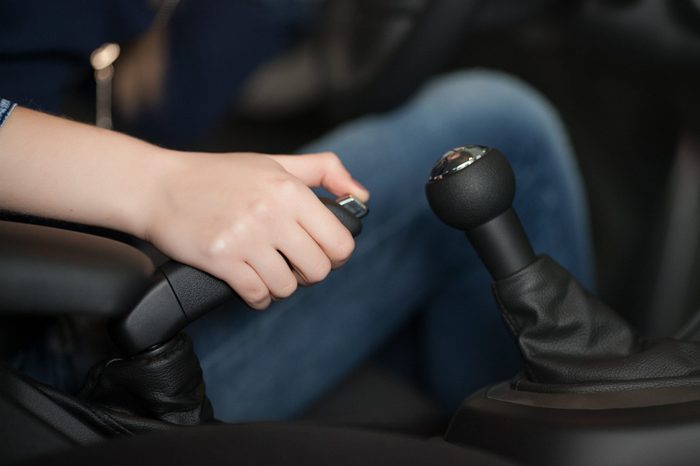
9 Times You Should Be Using Your Emergency Brake—And 3 Times You Shouldn’t

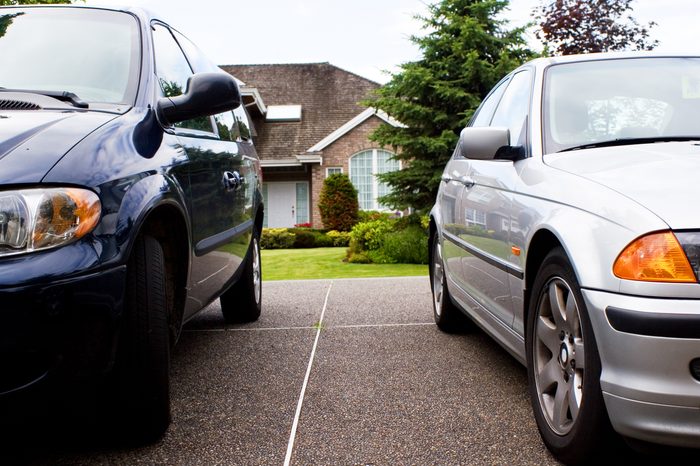
Every single day
While the parking brake is often associated with steep hills, the truth is that you should be using it daily on flat surfaces too. Doing so can take pressure off the transmission and other drive components, including the parking prawl, which locks up your transmission when you park, but of course, could always malfunction. Additionally, using it daily is a good driving tip, as it helps ensure that it’s working effectively in emergencies when you need it.
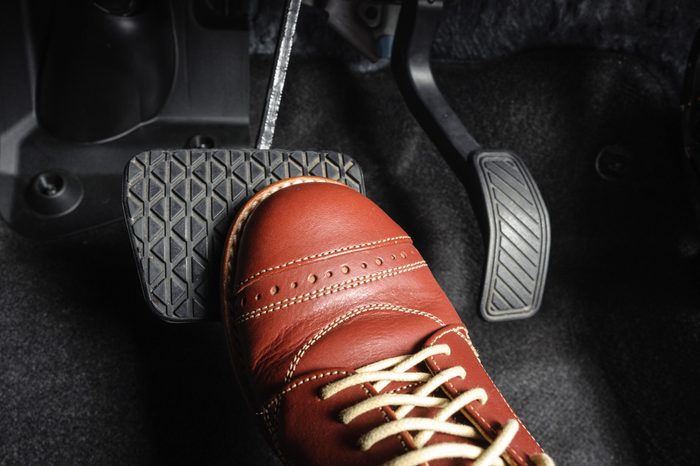
When your brakes fail
If there’s ever a time that automatically answers “when to use an emergency brake,” it’s when your brakes fail. After all, the name implies that the emergency brake is there for emergencies. In the event you are unable to stop your car, Nationwide Insurance suggests that you “slowly pull up on the emergency brake handle or press the pedal down to come to a complete stop.”
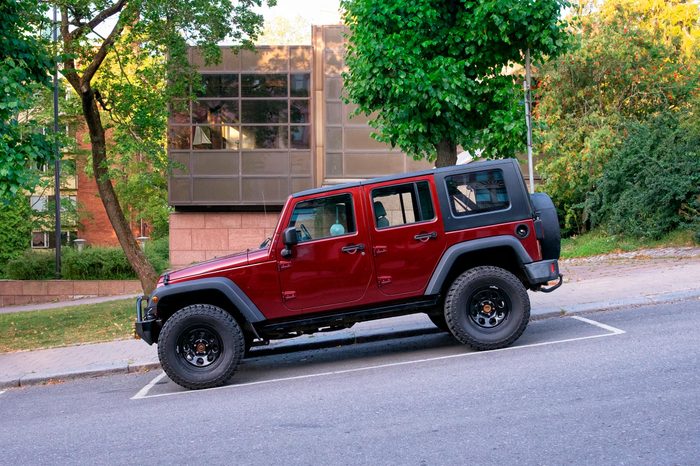
When parking on a hill
The classic time to use your emergency brake is when you need to park your car on an incline. Whether you leave your car facing uphill or downhill, you will want to use the emergency brake to ensure you don’t find your vehicle at the bottom of the hill! That and a parking ticket would equal a bad day.
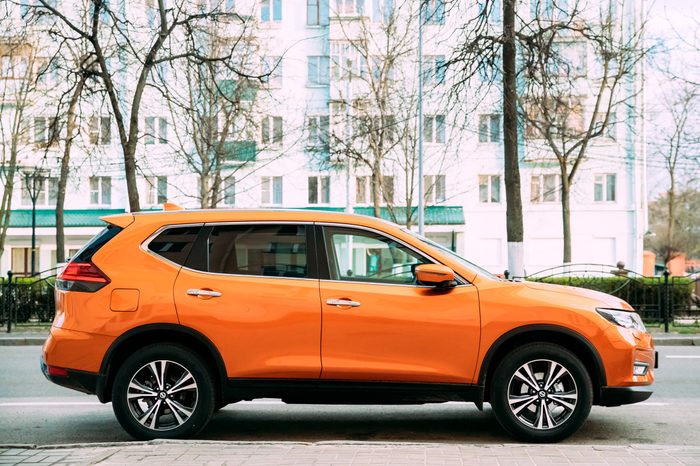
When parking on flat ground
Yes, you read that right. Numerous automotive experts say that when to use your emergency brake is whenever you park your car, whether you’re on a hill or not. One reason for such frequent e-brake usage? “Emergency brakes that aren’t used can rust, which makes them less likely to work properly in an emergency,” according to Nationwide Insurance.
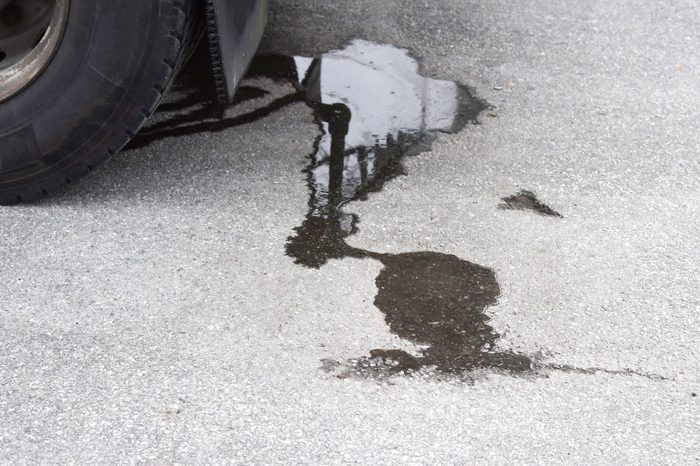
If you have a brake fluid leak
A brake fluid leak is another potential cause of brake failure. This is an emergency situation that requires you to react promptly by utilizing the emergency brake to regain control of the vehicle. Since every vehicle is different, this may involve gently pulling up on the lever, pressing the brake pedal or pressing a button. From there, bring the car to a stop.
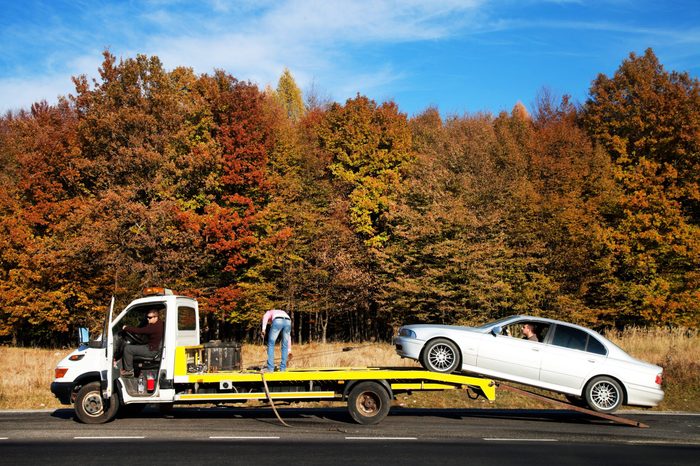
While your car is getting serviced
Knowing when to use the emergency brake will make your car—and mechanics—happy. That’s because using it when it’s getting serviced helps take stress off the transmission. Regardless of what car you have, using the emergency brake can also help keep the mechanics safe while your car is being loaded onto their truck.
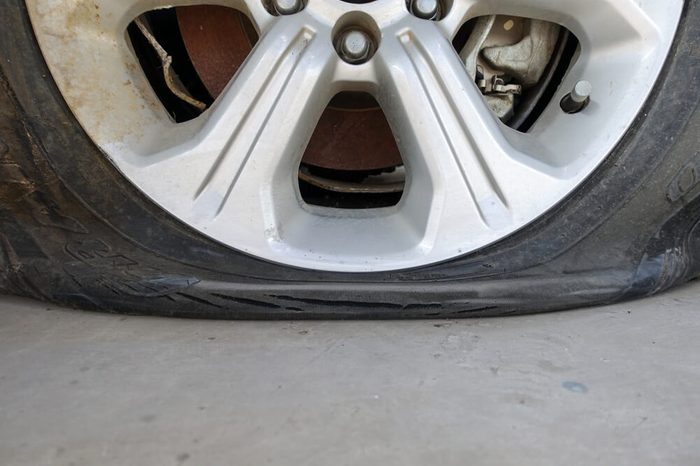
When changing a flat tire
Make the dreaded flat tire less of a hazard by applying the emergency brake. This is an important safety precaution that will ensure the rear wheels don’t spin during the tire swap. This, along with blocking the tires with rocks or blocks, will keep the vehicle from rolling. Of course, it’s also essential for your safety to change a tire on flat ground, notes car-shopping website Edmunds.
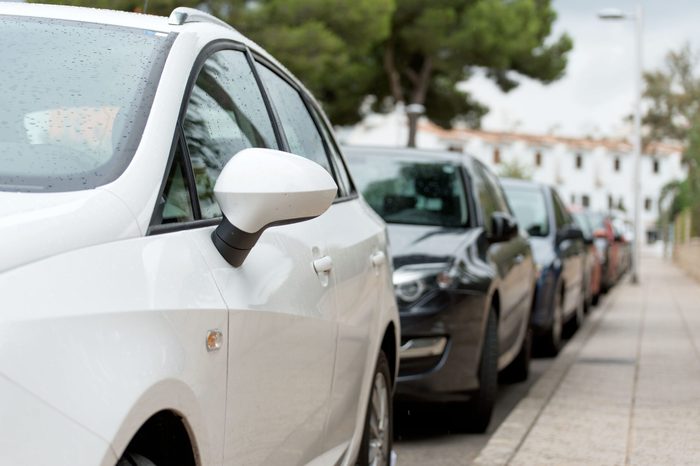
When parking along a curb
You may have noticed that the answers to “when to use your emergency brake” all involve, in some way, a parking scenario. You can add parking along a curb to the list, as it prevents your car from rolling if it gets into an accident. For that reason, try not to park too close to other cars.
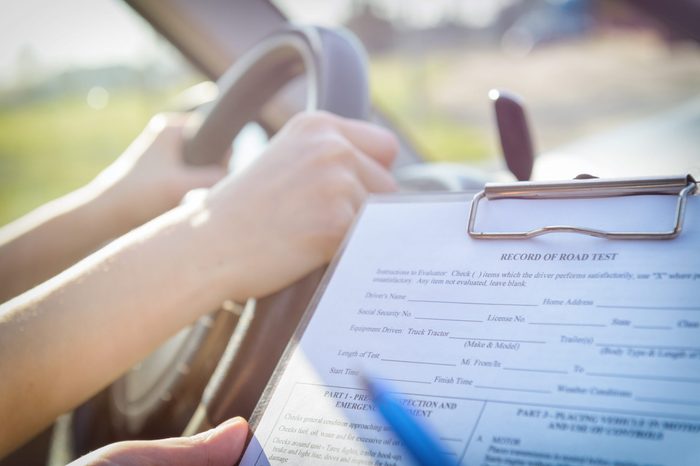
During a road test
Of course, any potential drivers need to demonstrate their ability to use an emergency brake properly during a driving test. But the DMV examiner also needs full access to it because, well, have you seen some new drivers on the road? According to car info site It Still Runs, that’s why the New Jersey DMV requires road tests to be taken in a vehicle that allows the examiner to be able to reach the parking brake.
Before showing up for a road test, check your state’s DMV requirements, because cars with foot e-brakes may not be able to be driven during the test, making an old-fashioned center-console parking brake a necessity.
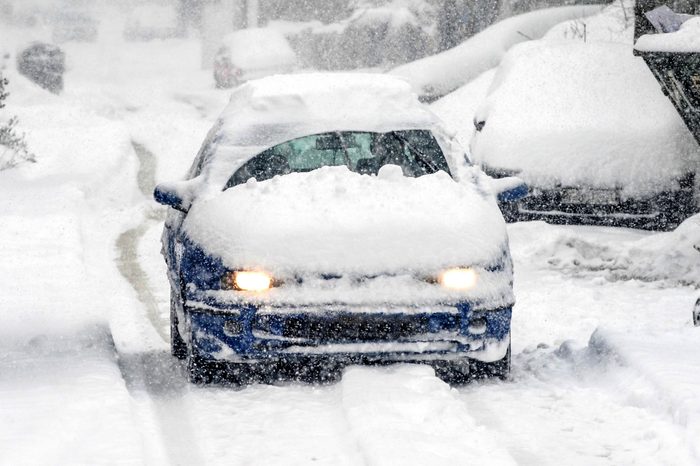
But don’t use your emergency brake during a snow or rain emergency
An emergency’s an emergency, right? Wrong. Nationwide Insurance warns against using the emergency brake in a driving emergency that happens when it’s snowing or raining. Doing so could cause the wheels to lock up, resulting in the vehicle sliding or losing control.
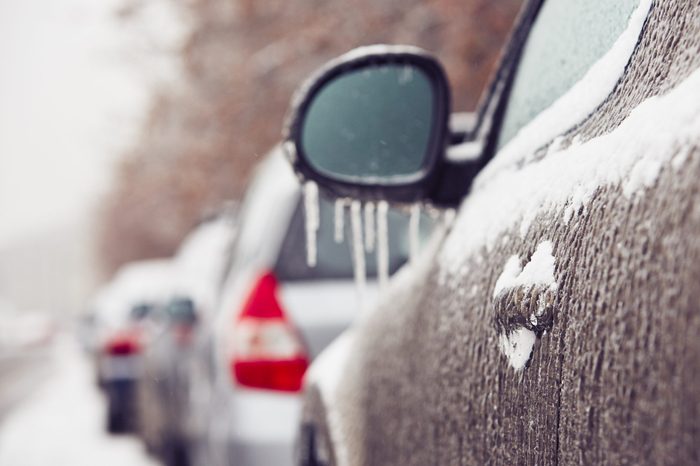
When temps dip below freezing
While you’ll obviously need to use your emergency brake when it’s cold outside, you should be wary when the thermostat stays below freezing for a significant amount of time. According to How Stuff Works, “the emergency brake cable can become frozen and fail to release when the lever is disengaged.”
If your emergency brake freezes up, don’t simply forge ahead and try to drive like that. Instead, wait for the brake to thaw, or jack up the car and use a hairdryer to bring the temperature up.
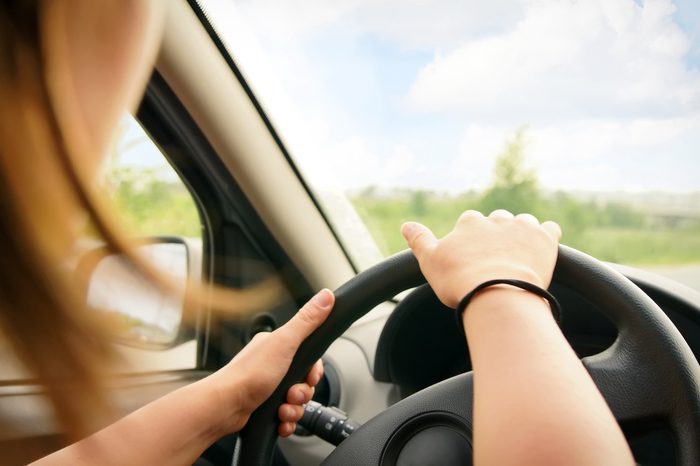
When driving your car in normal circumstances
While most drivers have accidentally left the emergency brake on at some point, it’s important to be vigilant and make sure your emergency brake isn’t engaged while driving. In fact, this is one of the ways you’re shortening the life of your car. Why? This causes “riding the brake,” which is when there’s friction between the brake pads and the rotors.
Why trust us
At Reader’s Digest, we’re committed to producing high-quality content by writers with expertise and experience in their field in consultation with relevant, qualified experts. We rely on reputable primary sources, including government and professional organizations and academic institutions as well as our writers’ personal experiences where appropriate. We verify all facts and data, back them with credible sourcing and revisit them over time to ensure they remain accurate and up to date. Read more about our team, our contributors and our editorial policies.
Sources:
- Nationwide Insurange: “How and when to use your emergency brake”
- Minut Tune and Brake: “When Should You Use Your Emergency Brake”
- Edmunds: “Steps for Changing a Flat Tire”
- It Still Runs: “New Jersey DMV Road Test Requirements”
- How Stuff Works: “How Emergency Brakes Work”




















